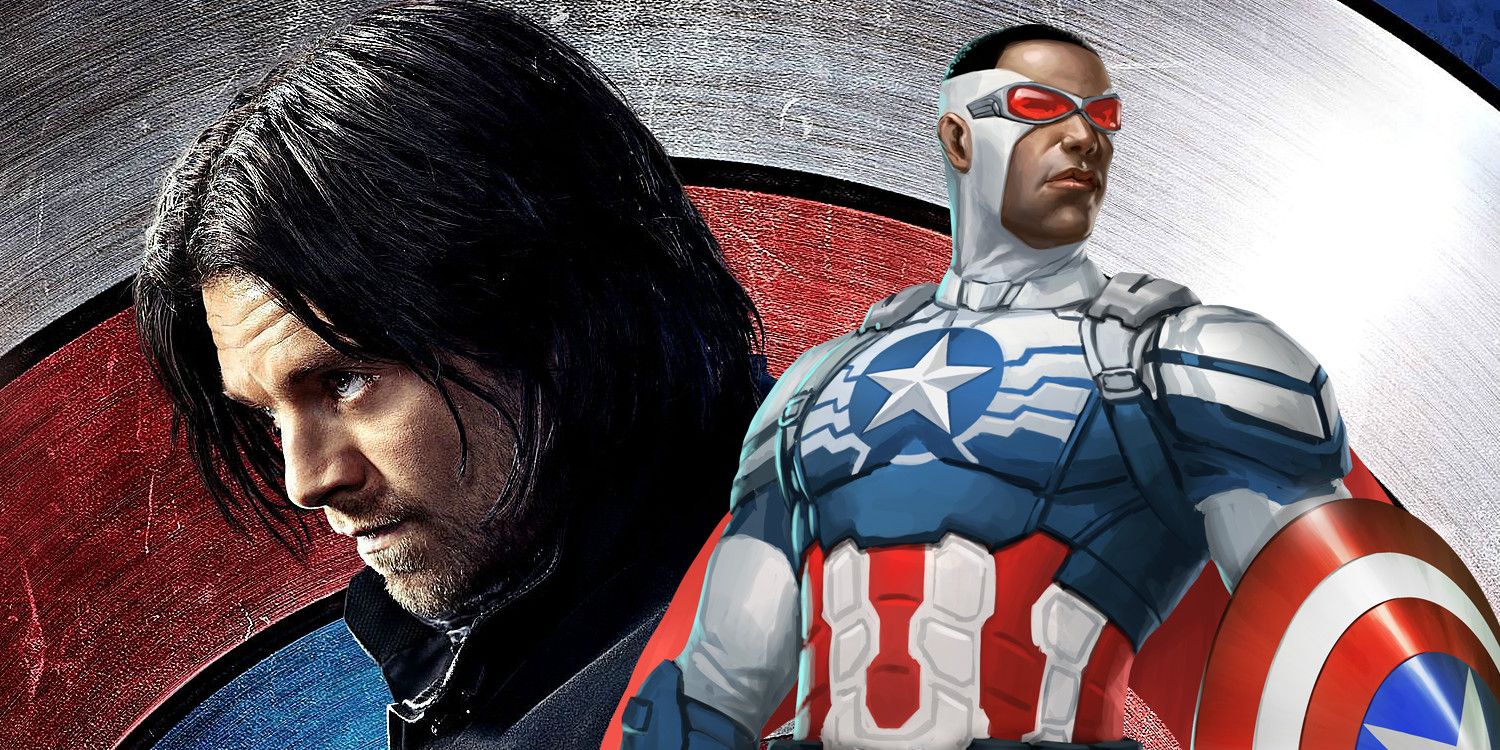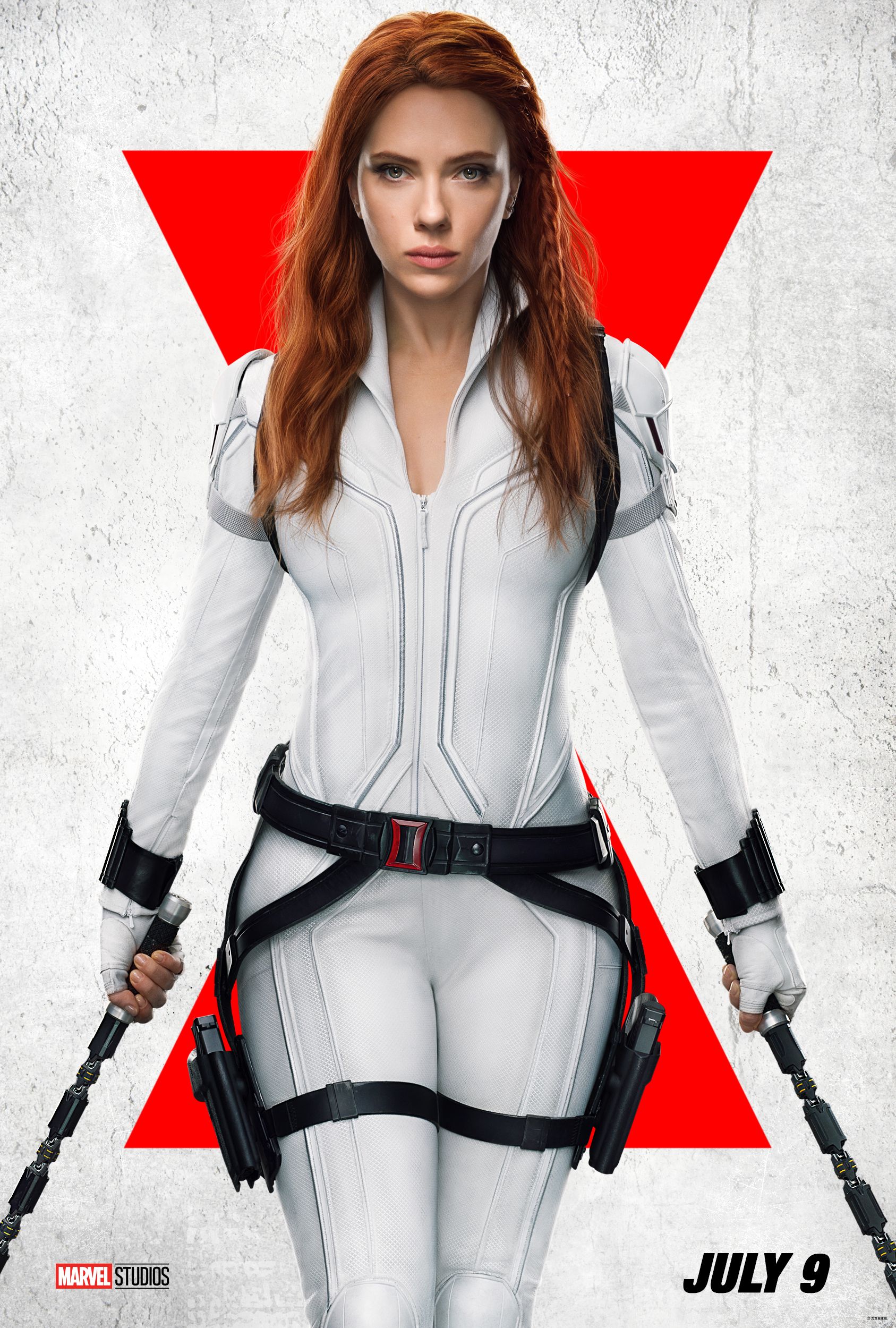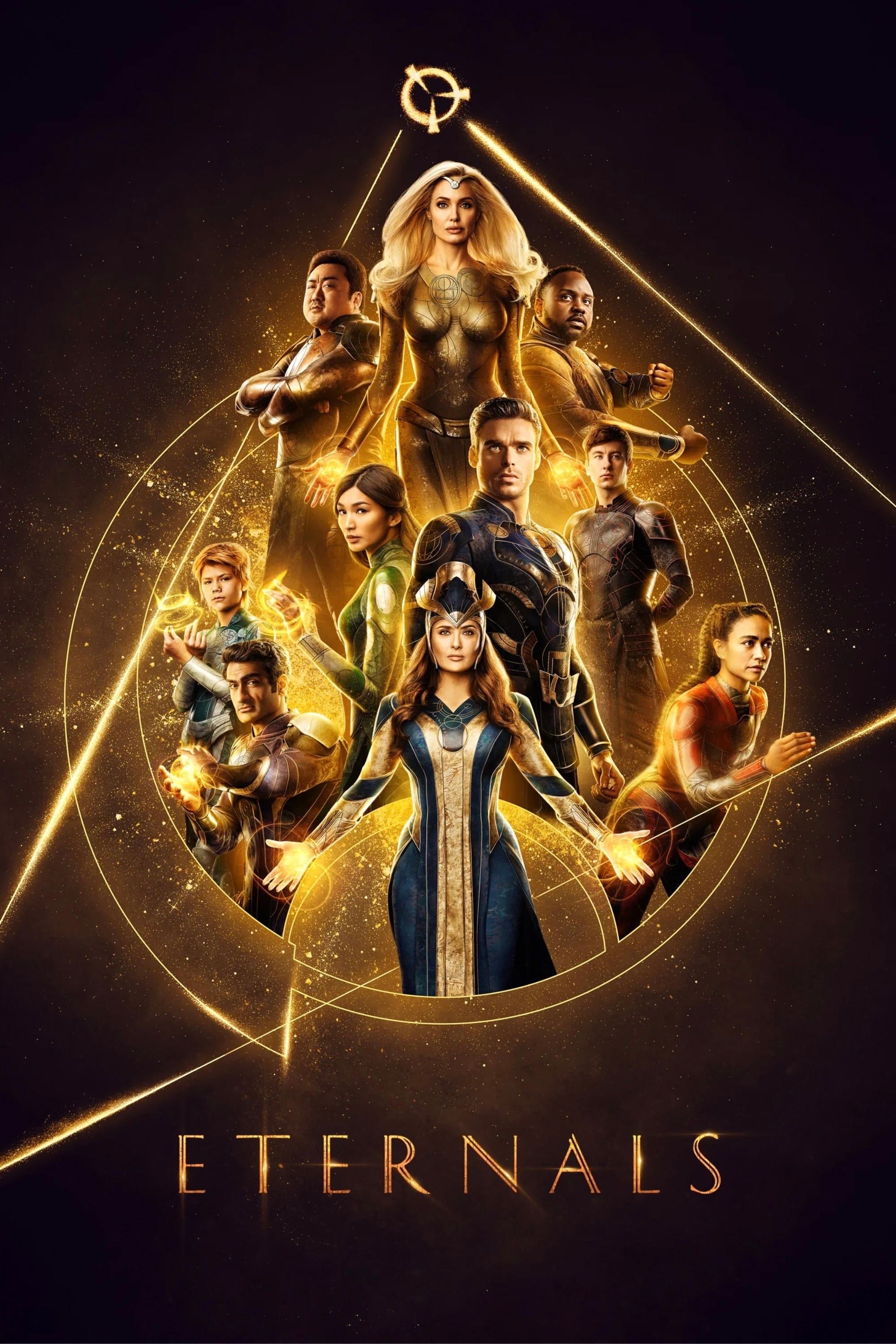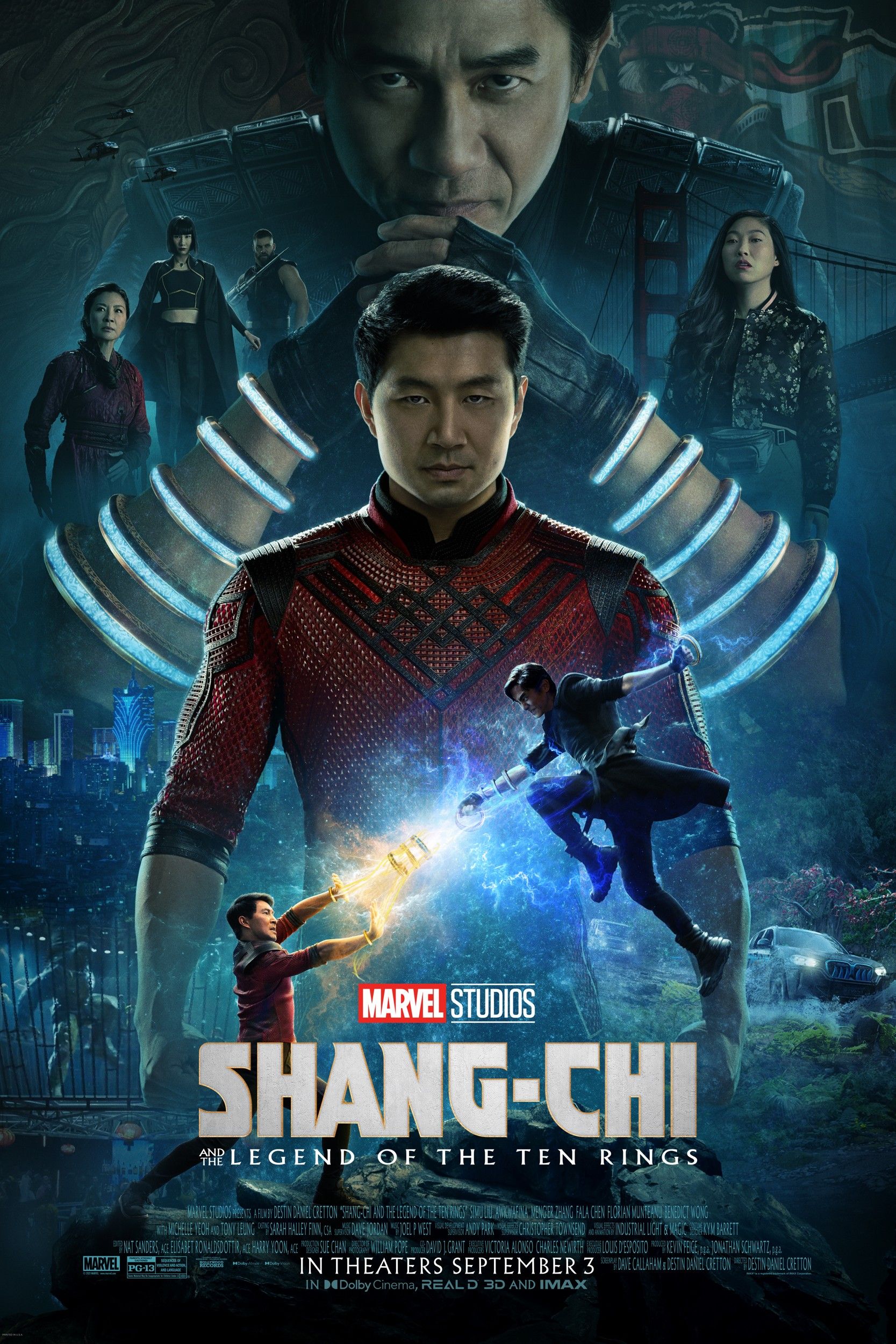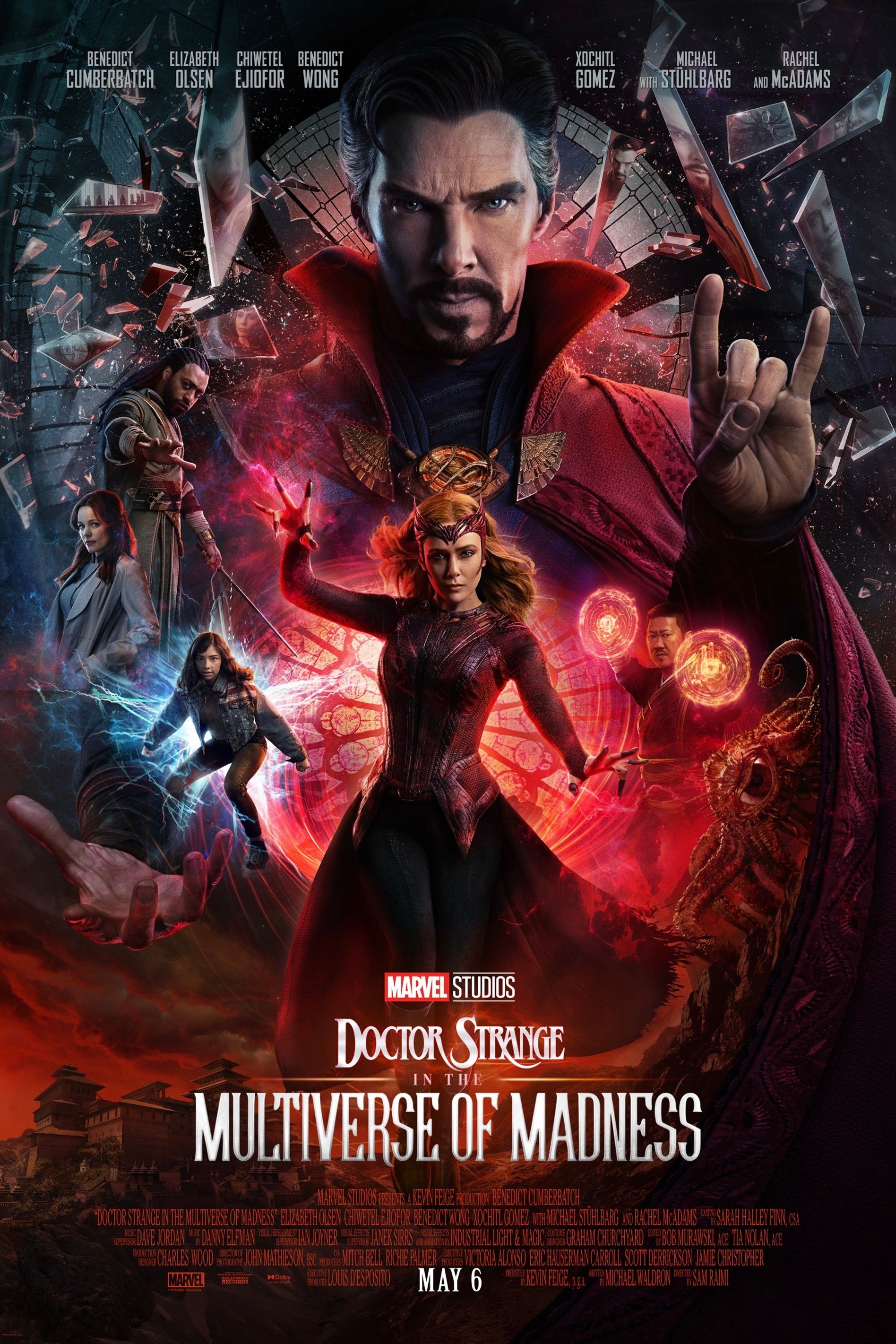The MCU's Phase 4 is inspired by Marvel Comics' most controversial era - but, fortunately, Marvel Studios has learned from the comics' mistakes. There's a sense in which Avengers: Endgame marked the point at which the comics and the movies diverged. In the comics, iconic characters like Captain America and Iron Man are never truly gone. When heroes like Wolverine and Thor are killed off, it's usually because their sales have dropped a little and Marvel wants to generate short-term interest or shelve them until the right moment.
But movies are different. Actors are only ever contracted for so many films, and even if they're amenable to renegotiation, sooner or later they'll want to move on. As a result, Avengers: Endgame saw three of the OG Avengers bow out for good. That means the MCU will increasingly diverge from the comics, which still chronicle the adventures of Steve Rogers' Captain America, Tony Stark's Iron Man, and Natasha Romanoff's Black Widow after decades.
Related: MCU Phase 4 Is As Big As Phase 3 (But Releasing Twice As Fast)
And yet, that doesn't mean Marvel Studios is done with drawing inspiration from the comics. Marvel announced their Phase 4 line-up at San Diego Comic-Con 2019, and it's influenced by some of the biggest - and, frankly, the most controversial - comic book stories of the last decade. How can the films avoid the comic errors?
Legacy And Diversity In The Comics & The MCU
The last ten years of Marvel Comics have really been characterized by two concepts; those of legacy and diversity. The "legacy" model is quite a simple one; turn your iconic hero into a retired legend, and have another character inherit their mantle. It's typically been used to increase diversity across the publishing line, as seen when James Rhodes became Iron Man, or John Stewart became Green Lantern in DC Comics. Over the last few years, though, Marvel Comics has pushed this approach to an unprecedented degree. It began with the success of Miles Morales, the Ultimate Spider-Man, swiftly followed by Kamala Khan as Ms. Marvel. Both these characters were lauded in the press, and as a result Marvel began to believe they could reach a whole new audience if they switched their heroes up a little and introduced legacy characters.
That led to 2015's All-New All-Different Marvel, a relaunch of the entire range that saw major heroes replaced by legacy counterparts. Sam Wilson wielded the shield as the new Captain America, Jane Foster proved worthy to become Mighty Thor, Sam Alexander flew through the skies as Nova, and X-23 donned the mask of Wolverine. In a matter of years, the comic book universe changed; you had an African-American Captain America, a female Wolverine and Thor, and a Latino Nova. The Marvel Comics universe was as diverse as the world outside your window, which Marvel Comics had always attempted to model itself on.
It's not hard to see the similarities between this All-New All-Different Marvel and the MCU. At least two of the core franchises - Captain America and Thor - are literally embracing the legacy hero model. Avengers: Endgame saw Sam Wilson given the shield of Captain America, while Thor: Love and Thunder will introduce Jane Foster as the Mighty Thor. Spider-Man: Far From Home also flirted with this by having Peter Parker challenged to live up to Tony Stark's legacy. Further, there's good reason to believe Black Widow could set up Yelena Belova as Black Widow's legacy, too. All this is happening at the precise moment Marvel Studios is stressing their plans for diversity as well; Shang-Chi and the Legend of the Ten Rings will feature Marvel's first Asian lead. It's no coincidence that Marvel used SDCC 2019 to announce that Tessa Thompson's Valkyrie would be their first LGBTQ character.
Why The All-New All-Different Marvel Era Wasn't A Resounding Success
While this makes thematic sense, it's left traditional comic book readers a little concerned - simply because the All-New All-Different Marvel wasn't exactly a resounding success. Although sales were initially promising, by October 2016 they began to drop pretty dramatically. Marvel panicked, and in February 2017 they held their first retailer summit of the millennium. There, an unwary statement by Senior VP of Sales and Marketing David Gabriel - which he later desperately attempted to row back - suggested that Marvel felt diversity was the problem:
"What we heard was that people didn't want any more diversity. [...] We saw the sales of any character that was diverse, any character that was new, our female characters, anything that was not a core Marvel character, people were turning their nose up against. That was difficult for us because we had a lot of fresh, new, exciting ideas that we were trying to get out and nothing new really worked."
Almost all of these legacy hero arcs were quickly resolved over the next 12 months, clearly indicative of editorial fiat, which seemed to suggest that Gabriel didn't misspeak at all. Naturally, this led some readers to argue that diversity had failed in the comics; and they've followed this through to suggest that Marvel Studios is foolish to follow the same model. A more critical analysis, though, identifies other reasons the All-New All-Different Marvel failed.
Firstly, it has to be acknowledged that Marvel didn't handle the transition to legacy heroes all particularly well. Wolverine lost his healing factor and was killed, Steve Rogers became an agent of Hydra, Thor was no longer worthy to lift Mjolnir, and Iron Man was left brain-dead. Ms. Marvel creator G. Willow Wilson explained the problem quite succinctly in a blog post, when she noted that "launching a legacy character by killing off or humiliating the original character sets the legacy character up for failure. Who wants a legacy if the legacy is s****y?" All this approach succeeded in doing was dividing the fanbase, with many readers devastated at the ways their heroes were being treated.
The matter was compounded by distribution problems. Marvel Comics may have been making a solid attempt to reach a new, diverse audience, but they were using the same old, exclusionary distribution channels, and they didn't take an experimental approach with marketing either. That effectively meant the legacy heroes never had the chance to gain a fresh audience in the first place. At the same time, there was just too much product on the shelves; Marvel was releasing too many books each month, and their rival DC was also going through one of its most successful relaunches, the "DC Rebirth." With so many comics to choose from, readers had to carefully decide how best to spend their money.
It's too simple, then, to say that Marvel Studios should ignore the All-New All-Different Marvel because it didn't prove to be a long-term success for the comics. In reality, a better argument would be that Marvel should adapt with care, taking the strong ethos while avoiding making similar mistakes. Fortunately, all signs indicate that this is just what the studio is doing.
How The MCU Has Learned From The Comics' Mistakes
The biggest existing contrast between All-New All-Different and Marvel Studios Phase 4 is in the narrative approach taken with the legacy heroes. Steve Rogers and Tony Stark have been written out in the most respectful way possible; Captain America got to live his "Happily Ever After" before he passed the shield on to Sam Wilson, while Tony Stark is honored worldwide for his sacrifice. Marvel Studios has gone to great lengths to ensure these two heroes have a legacy that's anything but "s****y." It's true Marvel hasn't handled Black Widow's death quite so well, but given Scarlett Johansson is currently filming a prequel, that story isn't really over yet and Marvel could yet put matters right. That hopefully means there won't be a sense in which the old, established characters are being diminished in order to make the legacy heroes seem impressive.
Meanwhile, unlike Marvel Comics, Marvel Studios can be confident that they can reach the diverse audiences they want to draw in. The unprecedented success of Black Panther, which grossed over $700 million in the domestic market alone, and Captain Marvel's $1 billion worldwide haul prove that. Further, Marvel's next phase will be releasing at a time when the studio will face less competition in the box office, giving second-generation heroes even more exposure.
All things considered, then, comic book readers can relax. It's true that the MCU is drawing inspiration from one of the publisher's most controversial eras, but the studio has learned the right lessons. The All-New All-Different Marvel didn't fail because diversity was rejected; it failed because of poor storytelling decisions, as well as brash mistakes in marketing, publishing, and distribution. Marvel Studios won't make the same mistakes.




